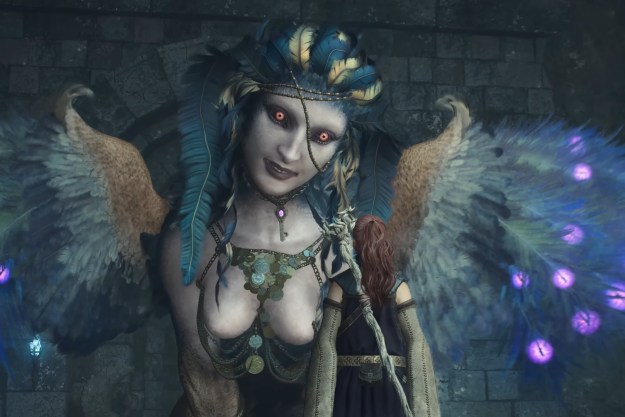It’s no secret that 4K has become the new mainstream display technology, no longer sitting at the premium end of the market. It’s on nearly every TV, current consoles support it, and the upcoming Xbox Series X and PlayStation 5 consoles have even more planned for 4K.
Amid 4K’s rise, buzz is already emerging around 8K, the next step in display resolutions. But it’s something gamers should simply ignore. Increasing resolution has its benefits, but they dwindle after
There’s more to a game than resolution
There’s a reason the Final Fantasy VII Remake isn’t just a port of the original game offered up at

Then there are other features, like physics, lighting, and shadows that improve a game’s look and feel, but also require some power. The recent smattering of
That brings us to frame rate – the aspect of a video game that makes it a video game and not an interactive slideshow. To be considered playable, most games need to hit at least 30 fps, though many gamers push even higher, and many high-end monitors are capable of displaying 144 or 240 fps. The higher the frame rate, the smoother the game, and the more detail you can see in moving scenery. Increasing resolution generally has a big impact on frame rate.
Even the most powerful graphics cards struggle with 8K, as we’ve seen Nvidia’s Titan RTX (a $2,500 card) fail to muster 30 fps in Gears 5 at only medium settings when forced to render at 8K. So, if the Titan RTX can’t do it, the hardware inside most gaming rigs, as well as the Xbox Series X and
4K is talked about, but 8K is only mentioned
We’ve seen TV manufacturers showing off their expensive 8K TVs, and we’ve heard Microsoft and Sony mention the support for 8K on their upcoming consoles. But there’s likely a reason we don’t hear more detail about that.
While 8K might be a reality, there’s not a lot of feasibility there. And there are much better things than resolution for hardware and software developers to focus on.
The console manufacturers are aiming for
The developer behind Gran Turismo, Kazunori Yamauchi, even said in a recent press event that he believes “display resolution-wise,

Sony and Microsoft have also given more concrete detail on just about every other feature aside from 8K. Both of their consoles will support variable refresh rate technology.
To deliver all that, there won’t be the headroom to simply quadruple the number pixels the consoles’ graphics processors have to pump out.
Even outside of consoles, 8K talk is quiet. In its recent blog, Nvidia explored the features that are driving gaming forward. Among them were
AMD may be building the hardware that’s going in the new consoles, but even then, the company has shown a reluctance to target even
You won’t see 8K anyway
Even if you turn down a bunch of settings or get some future hardware that can handle 8K better, it all comes down to this: You probably won’t see an improvement outside of very limited cases. Once technology hit
That’s because

If you have 20/20 vision, you’d need to be less than four feet away from a 55-inch TV for 8K to offer a noticeable improvement over
In fact, you’re much more likely to notice the lower frame rate or reduced graphical settings you sacrificed to achieve an 8K picture.
So, if you dial down your in-game graphics settings and buy expensive hardware that can’t really handle 8K anyway, the only thing you’ll get out of it is several million extra pixels you won’t even be able to see.
Editors' Recommendations
- Every rumored video game console: Nintendo Switch 2, PS5 Pro and more
- Dragon’s Dogma 2’s first updates will tackle its PC performance issues
- Every rumored Xbox exclusive coming to PS5 and Switch
- Xbox games on PS5? It’s not as shocking as you think
- S.T.A.L.K.E.R 2: Heart of Chornobyl: release date predictions, trailers, gameplay




